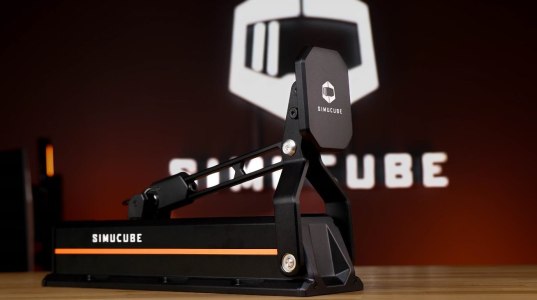That's a pretty good number, but that processor can safely go further.

Those are good, healthy temperatures! Which means you can bump it a little bit more with no problems.

lol
For reference, 1.4v is considered the max safe core voltage for the i5 6600K, at which 4.8Ghz can be reachable... CPU and Mobo VRMs will tend to run hot then, so wouldn't recommend it.
But 1.355v~1.375v is considered a good, safe voltage area for 4.5~4.6Ghz, and maybe even 4.7GHz (depends on silicon lottery, as usual!).

So, I'd say to play around a little more, as you're close to that "sweet plateau" now.
Max CPU temperatures should be kept below ~80ºC for Skylake CPUs.
If yours is under that when at 100% load on all cores during heavy stress tests (for OC stability, such as with IBT, Lynx, AIDA64, Realbench, PRIME95, etc) during prolongued time periods, then you're OK.
FWIW, the overclocking I've done with Skylake (6600K, 6700K) has been usually very easy, simple and repeatable, and done just with clock ratio changes. If the motherboard is good and well set from factory, most advanced settings in BIOS can be left at default values (for simplicity sake), usually with the exception of just a few.

In very basic terms, I'd usually go at it like this....
...Go to memory settings, for which most times we enable "XMP" (so that the memory runs at the manufacturer recommended speeds, timings and voltages), though making sure the computer ran stable with it, before overclocking.
...CPU Base Clock (BCLK) left at "100"
(same as stock)
...CPU Clock Ratio manually set for desired overclocking, for example "45" to run at 4.5GHz (
change to more or less if increasing/decreasing the OC)
...CPU Vcore manually set to desired voltage, for example, try 1.355 initially, and raise up to 1.375v if necessary
(if stability stress tests fail, but watch the temps)
...Then make sure that "turbo-boost" is disabled in the BIOS, to get more precise control over clock speed when overclocking, like you are now (really, it's worth only if on stock clocks, for single-threaded workloads). If "turbo-boost" is enabled, it may be the cause for the instability you mentioned.
The priority is to get the base clock (for all cores) higher on equal terms, without such spikes (for stability), hence it should be disabled for overclocking.
Lastly, some Z170 mobos (Gigabyte?) show the CPU Flex Ratio options, which control the non-turbo ratio the CPU will use. I prefer to not change these, but you may differ.
If you do, then check if there is a
"CPU Flex Ratio Override" option. As said, I tend to leave it at "Disabled" but, again, you may wish to enable it (to set to what you want).
If so, you can then manually adjust the minimum non-turbo ratio the CPU will use, through the
"CPU Flex Ratio Settings" (default value is "20", if I recall correctly). Some prefer to put the
CPU Flex Ratio Settings to same as in the
CPU Clock Ratio (so, always same multiplier).
 Does he hang out here since No Grip died?
Does he hang out here since No Grip died?









